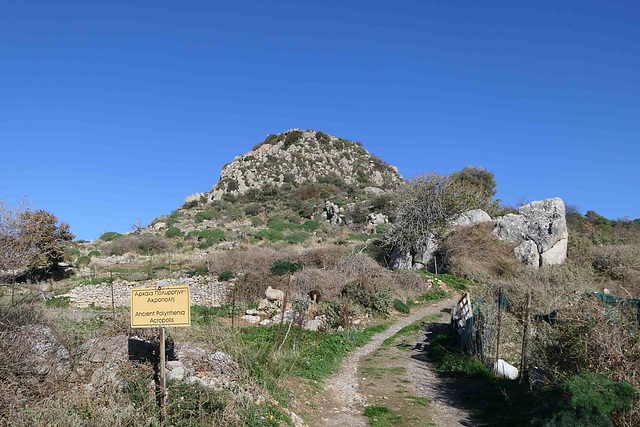Polyrrhenia
Polyrrhenia - 99 Holy Fathers of Crete
Polyrrhenia - 99 Holy Fathers of Crete
Polyrrhenia - 99 Holy Fathers of Crete
Polyrrhenia
Crete
Rethymnon - Rakodikio
Topolia
Topolia - Gorge Topolia
Cave of Agia Sofia
Cave of Agia Sofia
Cave of Agia Sofia
Chrysoskalitissa Monastery
Chania - Tamam
Chania - Tamam
Chania - Harbour
Chania - Hasan Pasha Mosque
Chania
Polyrrhenia
P1140334xxx555xxxxxxxx
Kissamos – Cave Church of Agios Ioannis
Kissamos – Cave Church of Agios Ioannis
Kissamos – Cave Church of Agios Ioannis
Phalasarna - Agios Georgios
Phalasarna - Agios Georgios
Phalasarna
Phalasarna
Phalasarna
Phalasarna
Platanias
Crete
Gouverneto Monastery
Agia Triada Monastery
Monastery of St. John the Merciful
Gonia Monastery
Gonia Monastery
Gonia Monastery
Gonia Monastery
Gonia Monastery
Gonia Monastery
Location
Lat, Lng:
You can copy the above to your favourite mapping app.
Address: unknown
You can copy the above to your favourite mapping app.
Address: unknown
Keywords
Authorizations, license
-
Visible by: Everyone -
All rights reserved
-
9 visits
Polyrrhenia


Polyrrhenia was an ancient city south of Kissamos Bay, located on a steep hill near the modern village of Polyrinia.
Polyrrhenia is referred to as a polis in ancient sources. The oldest remains date from around 900 BC. The city supported the Romans and was therefore spared when they conquered Crete. The city continued to exist under Roman rule but declined in importance in the 1st century. From the middle of the 1st century AD, the city no longer minted its own coins and was later abandoned..
Archaeological excavations have been taking place since 1985. The remains lie on a double hill that forms the acropolis. The slopes are littered with the remains of houses, cisterns, and tombs. There are remains of a Roman temple. In total, the city covered about 30 hectares.
Polyrrhenia is referred to as a polis in ancient sources. The oldest remains date from around 900 BC. The city supported the Romans and was therefore spared when they conquered Crete. The city continued to exist under Roman rule but declined in importance in the 1st century. From the middle of the 1st century AD, the city no longer minted its own coins and was later abandoned..
Archaeological excavations have been taking place since 1985. The remains lie on a double hill that forms the acropolis. The slopes are littered with the remains of houses, cisterns, and tombs. There are remains of a Roman temple. In total, the city covered about 30 hectares.
- Keyboard shortcuts:
Jump to top
RSS feed- Latest comments - Subscribe to the comment feeds of this photo
- ipernity © 2007-2025
- Help & Contact
|
Club news
|
About ipernity
|
History |
ipernity Club & Prices |
Guide of good conduct
Donate | Group guidelines | Privacy policy | Terms of use | Statutes | In memoria -
Facebook
Twitter

Sign-in to write a comment.